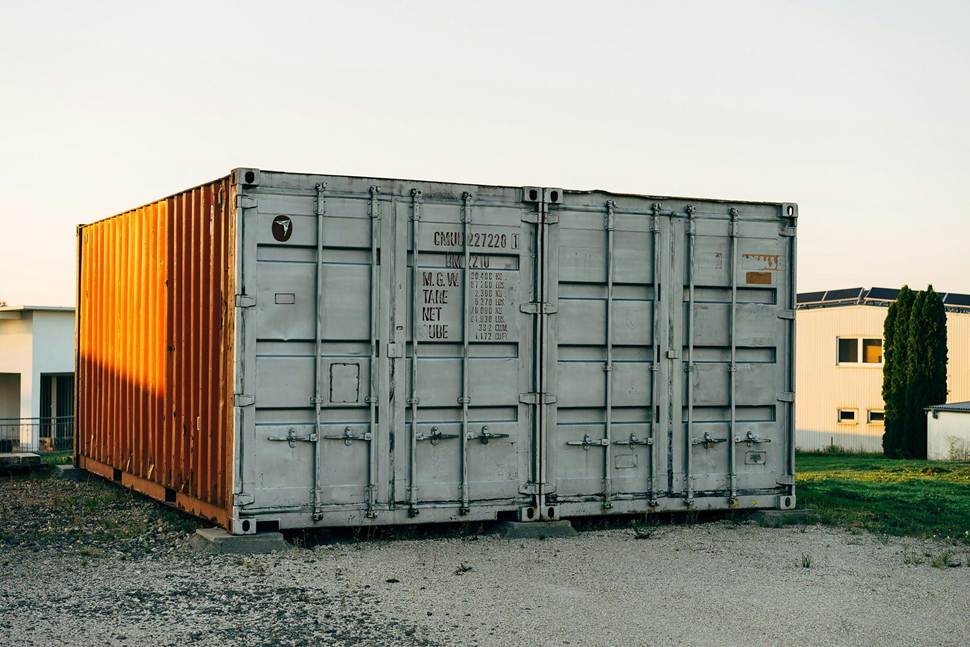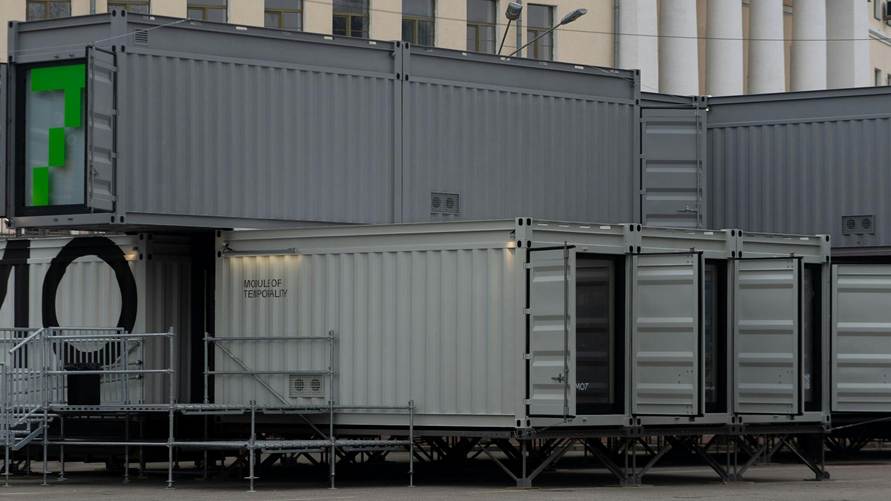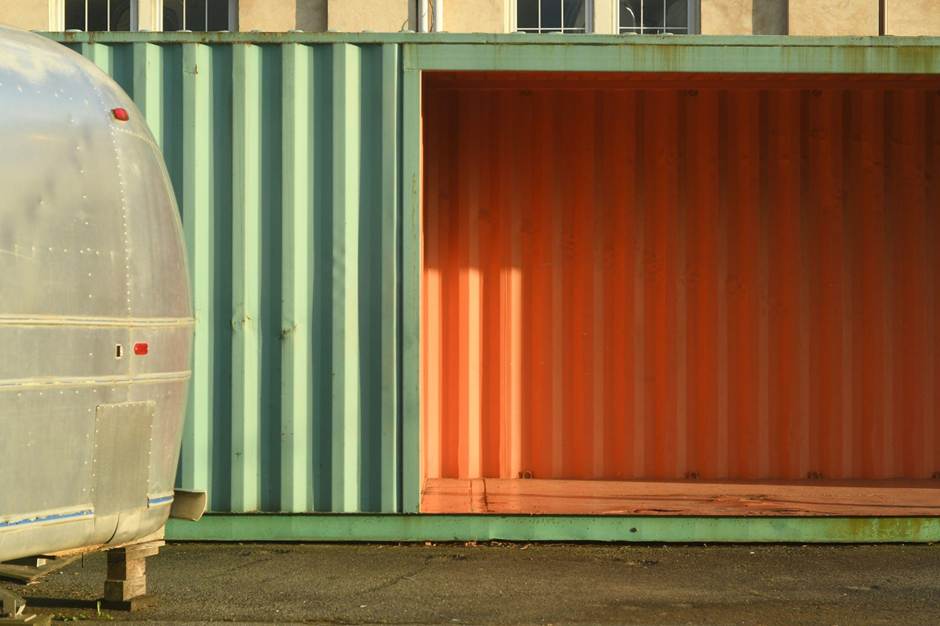
Whether you're a property manager preparing for tenant turnover or a renter downsizing into a smaller space, the need for storage often comes up at some point in the rental journey. But before signing on the dotted line, both tenants and landlords should understand what drives storage units prices and how to choose the right solution for their needs.
With options ranging from climate-controlled units to portable containers delivered to your door, the market has evolved significantly—and so has the pricing. To help you navigate this process, we’ll break down everything you need to know, including what influences PODS' storage units prices, and what factors you should consider before renting.
Providers like PODS have made storage more flexible than ever, but that flexibility comes with important considerations for cost, convenience, and long-term value. Whether you're storing furniture during renovations or helping tenants during a move, here’s how to make smart storage decisions that align with your goals and budget.
1. Why Storage Is a Growing Concern in the Rental Market
The demand for storage space has surged in recent years, particularly in urban areas where space is at a premium. For renters, limited square footage often forces the choice between clutter or off-site storage. For property managers, empty units undergoing renovation or staging may require temporary storage solutions.
In both cases, knowing how storage pricing works empowers you to make cost-effective choices and avoid last-minute overspending.
2. Factors That Affect Storage Units Prices

Storage unit pricing is not one-size-fits-all. Here are the key factors that influence the cost:
1. Unit Size
This is the most straightforward factor. The larger the unit, the more you’ll pay monthly. Common sizes include:
- 5’x5’: Ideal for small items, boxes, or seasonal gear.
- 10’x10’: Fits the contents of a one-bedroom apartment.
- 10’x20’: Suitable for multi-room storage or vehicle storage.
2. Climate Control
Climate-controlled units are more expensive but essential if you’re storing items like electronics, artwork, or wooden furniture. These units protect against moisture, mold, and extreme temperatures.
3. Location
Prices vary dramatically by region. In major metropolitan areas, higher land and operational costs drive up unit prices. Rural areas tend to be more affordable.
4. Rental Duration
Short-term storage is typically more expensive on a monthly basis. If you're renting for a year or more, many providers offer discounted rates or prepayment plans.
5. Access Type
Drive-up access units cost more due to their convenience, while indoor units or upper-level units may be more affordable.
6. Portable vs. On-Site Units
Portable storage solutions provide delivery and pickup, which adds convenience but can also affect pricing depending on how long you keep the unit and how far it needs to travel.
3. Comparing Traditional and Portable Storage Options
Traditional Storage Units
These are typically housed in self-storage facilities. Renters drive their belongings to the location and load them into an assigned unit. It’s a good option for long-term storage of items you don’t need to access regularly.
Pros:
- Generally lower base cost
- Various sizes and configurations
- 24/7 security features at some locations
Cons:
- Less flexible for moving
- Requires transportation arrangements
- May charge additional fees for access or insurance
Portable Storage Units
With services like this, the unit is delivered to your location, allowing you to load it at your own pace. It’s then either kept on your property, moved to a secure storage facility, or transported to your next location.
Pros:
- Flexibility in loading/unloading
- Ideal for moves or renovations
- Secure and weather-resistant containers
Cons:
- Potentially higher cost per day
- Requires space for container drop-off
If flexibility is your priority, portable units often win. But if budget is more important than convenience, traditional self-storage may be more cost-effective.
4. Hidden Fees to Watch For
While storage units prices are usually advertised as monthly rates, several fees can inflate the final cost:
- Administrative Fees: One-time setup charges, often around $20–$30.
- Security Deposits: Some facilities require refundable deposits.
- Lock Fees: You may need to purchase a specific lock type.
- Insurance: Required in most cases and may not be included in the base rate.
- Late Fees: Strict penalties for overdue payments.
Always read the fine print and ask for a full breakdown of monthly and upfront costs before committing.
5. Storage for Property Managers: Cost vs. Convenience
If you’re overseeing multiple properties, storage solutions can be indispensable during:
- Renovations between tenants
- Holding furniture for staging
- Storing supplies or seasonal equipment
Investing in storage can help you maintain property aesthetics and speed up the turnover process—but only if the pricing makes sense.
For example, using a portable container means you can keep renovation materials or furniture on-site temporarily without cluttering the property. Since PODS' storage units prices are transparent and scalable based on size and duration, this makes budgeting far easier.
6. Storage for Renters: When Is It Worth It?
Renters typically use storage for:
- Downsizing
- Between leases
- Studying abroad or traveling
- Decluttering small apartments
If you're debating whether to rent a storage unit, ask yourself:
- Will I use these items within the next 6–12 months?
- Is the cost of storing these items less than the cost of replacing them?
- Do I have the flexibility to access the unit when needed?
If the answer is yes to at least two of those, storage is likely a good investment.
7. Tips to Get the Best Deal on Storage Units Prices
- Book Early: Especially during peak seasons (summer and holidays).
- Use Promotions: Many storage providers offer first-month discounts or student specials.
- Consider Location: If you're not accessing the unit often, choose a facility further from the city center for lower prices.
- Negotiate for Long-Term Rates: Ask for a deal if you're committing to 6+ months.
- Share a Unit: If you only need a small portion of space, sharing with a friend or neighbor can cut costs.
8. Safety and Accessibility: More Than Just Price

While cost is important, also consider:
- Security Features: Cameras, gated access, and on-site staff
- Operating Hours: Some units have restricted access
- Cleanliness and Maintenance: Pest control and lighting
- Customer Service: Easy to contact and responsive support
A cheaper unit isn’t a bargain if your items are damaged or inaccessible when you need them.
Understanding how storage units prices work is essential whether you're storing your family heirlooms or managing a dozen properties. The key is balancing cost with convenience, and working with a provider that offers both flexibility and transparency.
Providers like PODS simplify this process with customizable options and honest pricing that scales to your needs. By taking time to compare options, understand the fine print, and plan ahead, tenants and property managers alike can benefit from smart, affordable storage—without the hidden headaches.









